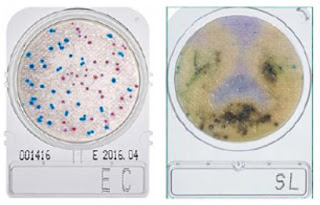The threat of the deadly flu virus that wiped out many people has always been behind the collective mind of the medical community. A warning alarm was heard recently, when news broke that two scientists reportedly created a variant of the H5N1 flu virus (known as colloquially as "bird flu") that was highly contagious. When tested on ferrets, ferrets transmit diseases to each other just by sharing the same air. This flu strain has a death rate approaching the wild version of the strain, making it more deadly than the flu that caused the 1918 pandemic.
Strains are not made for entertainment or pleasure; rather, it was created to see whether the H5N1 flu strain has the potential to mutate into a form that is easily spread among humans. From the results of the current mutation, that could be the problem. While it has been hypothesized that making strains more accessible to humans will reduce their overall strength, making them less lethal, the mutation results fly before the theory. Extra precautions are taken during the process, such as requiring scientists to take a bath and change clothes before leaving the laboratory.
Extra precautions are necessary. Viruses like this can have deadly consequences for the wider community, and can lead to widespread epidemics if they are somehow released. Therefore, every handling of mutated H5N1 virus must be carried out at a level 4 biosafety facility (BSL-4). This is done not only to protect scientists who work with viruses, but also the general public. The main harga concern is to keep mutated H5N1 viruses not treated in substandard laboratories.
Because the possibility of a highly contagious H5N1 strain does serious damage if it somehow escapes into the air, the fear felt associated with the virus is very high. Therefore, there has been a call for the voluntary cessation of all studies of the mutation of the H5N1 virus which may be more contagious to humans until appropriate security measures can be taken. This mutated virus is a serious threat to human health, and every research carried out must be handled appropriately and nissui indonesia safely. The mutation of the H5N1 virus has the potential to cause an epidemic of disaster proportions worldwide if the virus remains deadly and contagious as it is now. The researchers have just agreed not to publish their results in scientific journals, because they can be used for bioterrorism.
plafon akustik armstrong


Komentar
Posting Komentar